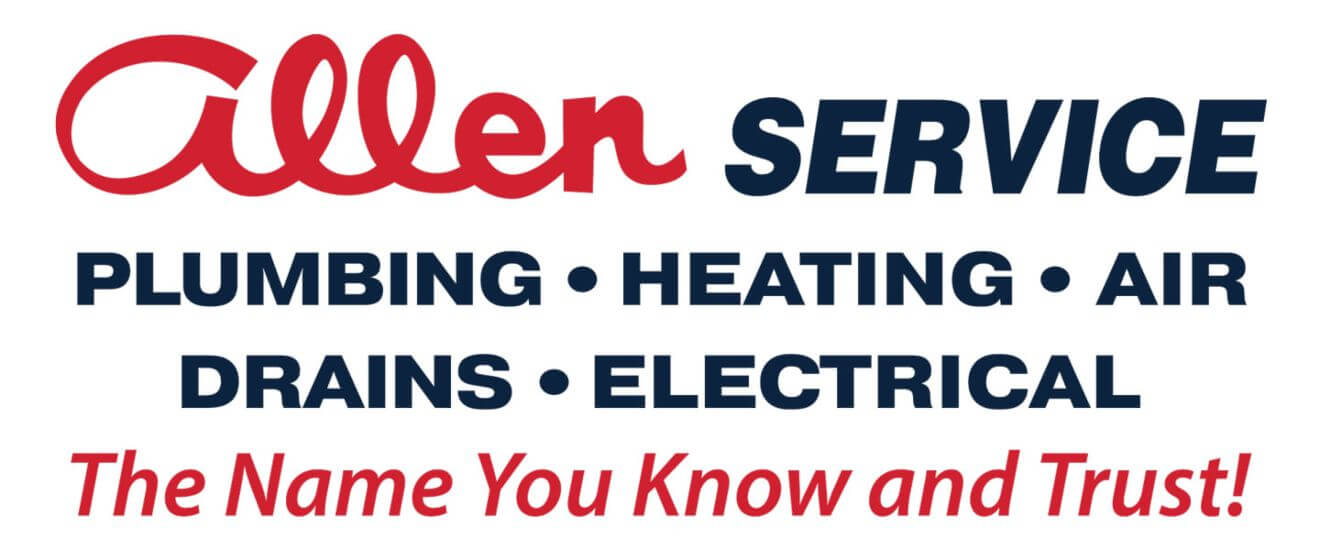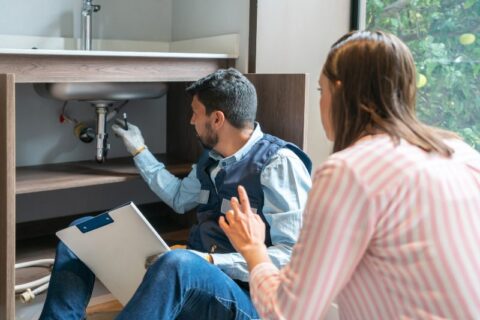What is a Sewer Camera Inspection?

You can probably tell when you have a sewer problem—backed-up sinks, frequent drain clogs, and overflowing toilets are some of the signs to watch out for. The question is, what do you do about it? How do you begin the sewer repair process? The most practical, cost-effective place to start is with a sewer camera inspection. Learn more about this diagnostic method and why you might want to schedule one.
What is a Sewer Line Camera Inspection?
In the old days, locating a sewer clog was a messy, costly process. It involved a lot of digging, landscape disruption, and trial and error. Modern sewer line camera inspections eliminate the guesswork. Cameras also make it possible to inspect pipes in hard-to-reach places, including behind walls and beneath your home’s foundation. By taking a glimpse inside your plumbing, it’s possible to diagnose the issue, pinpoint its location, and begin the necessary repair—all without lifting a shovel.
How Sewer Inspection Cameras Work
Pipe inspection cameras are specialized plumbing tools comprised of a long, flexible rod and a tiny, waterproof camera on the end. The auto-focusing camera has bright LED lights and high-definition recording capabilities to ensure the clearest image possible.
As the camera winds deeper into the pipe, it broadcasts real-time video footage to a small monitor so the plumber can see what’s going on. A digital recording can also be made for future reference. Most importantly, sewer inspection cameras have a transmitter to help the plumber locate the exact location of the blockage or other issues requiring repair.
5 Sewer Problems a Video Pipe Inspection Can Find
Taking a peek inside your sewer line allows the plumber to detect any trouble occurring there. Here are the five most common issues uncovered by video pipe inspections:
- Broken, collapsed, or cracked pipes: Over time, shifting soil can adversely affect buried sewer lines. If the pipes break, collapse, crack, or become misaligned, they may develop leaks. Sewage then permeates your lawn, causing soggy spots and health concerns.
- Tree root intrusion: Tree roots can be as thin as a spider’s web, pushing their way through the joints of old clay or cast iron pipes. From there, they spread, feeding on the nutrients in your wastewater and growing until the sewer line cracks. If left untreated, intrusive tree roots can fill the pipe and cause extensive clogs.The broken sections that the roots were coming through remain and worsen even if the offending tree is removed.
- Pipe corrosion: Old metal sewer pipes can rust from the inside out creating rough scale that make it difficult for things to flow over or deteriorate completely leaching contaminanted water into the soil. The constricted pipe clogs and backs up easily.
- Sewer blockages: Your plumbing can become clogged in countless ways. Any foreign object that flows down the drain is liable to get caught on something and cause a blockage.
- Sagging or bellied sewer lines: If the soil settles beneath your sewer pipe, it may sag, causing waste to get caught in the bellied section. Repeat blockages and backups are common in this scenario.
Sewer Repair & Replacement Options
With the video inspection complete and a diagnosis confirmed, you have a few options for tackling the plumbing issue. These include:
- Water jetting: The best way to clean a drain to create temporary relief from drain issues is a jetter. If sludge, grease, or other debris has clogged your sewer line, high-speed water jetting is the key to clearing the pipe. Also known as hydro jetting, this technique blasts all foreign objects out of the pipe, cleaning it as thoroughly as possible. Nothing, not even an invasive tree root, stands in the way of the water jet! But remember roots will grow back and if you remove the tree, bush or shrub that they came from the cracks break and the offsets they created will remain.
- Trenchless sewer repair: Cleaning isn’t enough to remedy cracked or broken pipes. In this case, you may need trenchless sewer repair. This is the least invasive way to replace a sewer line. It involves creating two small access points through which a replacement pipe is pulled into place, lining the existing sewer and eliminating leaks in the process. Trenchless sewer repair can often be completed in hours, not days, at an affordable cost and without damaging your property as much as traditional open trench repairs. Often they can be completed under sidewalks and roadways without additional excavation saving thousands of dollars.
- Traditional sewer replacement: If a video camera inspection reveals a sagging or collapsed sewer line, traditional repair methods may be your only choice. This requires digging a trench to remove the damaged pipe and replace it with a new one. Traditional sewer replacement is likely to disrupt your landscaping, but unfortunately, it’s the only viable method in some cases.
Once the sewer repair is complete, your plumber will perform a follow-up video inspection to verify that the pipe has been properly cleaned, repaired, or replaced. With a job well done, wastewater should flow smoothly now.
Call Allen Service for a Sewer Camera Inspection
Do you see signs of a leaky or blocked sewer line? Are you in the process of renovating your kitchen’s plumbing or adding a bathroom to your home? Either way, call Allen Service right away to get valuable insights about your sewer line and the repairs it might require. We’ll put our six decades of drain repair and cleaning experience to work for you to ensure long-lasting results from our services!
Call us today at 970-484-4841 or contact us online to request a pipeline inspection in Fort Collins, CO.


